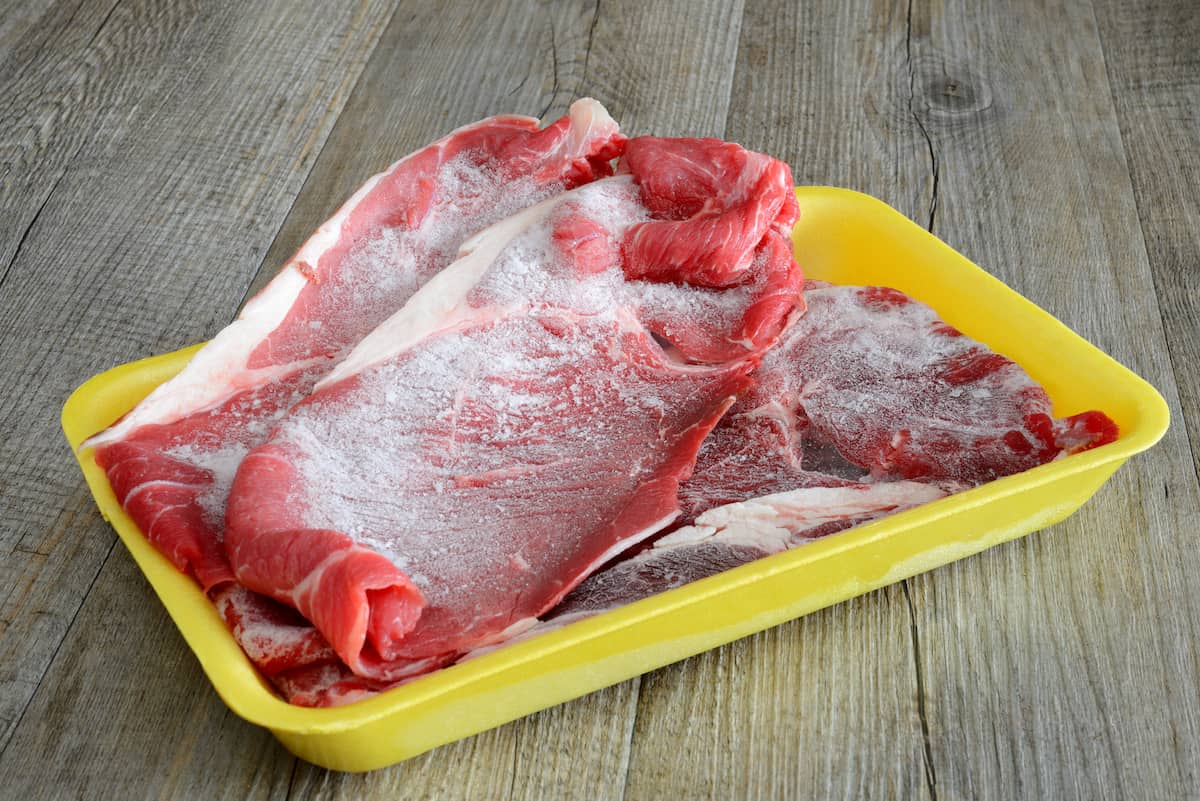

Articles
How To Tell If Something Is Freezer Burned
Modified: October 20, 2024
Learn how to determine if food is freezer burned with these informative articles. Discover tips and techniques for assessing freezer burn damage and preserving the quality of your stored food.
(Many of the links in this article redirect to a specific reviewed product. Your purchase of these products through affiliate links helps to generate commission for Storables.com, at no extra cost. Learn more)
Introduction
Freezer burn is a common occurrence that can happen to both fresh and frozen food. It refers to the changes in texture, color, and flavor that occur when food is improperly stored in the freezer for an extended period of time. Despite its unappetizing name, freezer burn does not necessarily mean that the food is unsafe to eat. It is important to understand what freezer burn is and how to identify it so that you can make informed decisions about the quality and safety of your frozen food.
In this article, we will explore the concept of freezer burn in detail, discussing its causes, signs, and prevention methods. By the end, you will have a better understanding of how to tell if something is freezer burned and how to avoid it in the first place.
Key Takeaways:
- Freezer burn can affect the quality of frozen food, but it doesn’t necessarily make it unsafe to eat. Recognize signs like visual, texture, odor, and taste changes to make informed decisions about consumption.
- Prevent freezer burn by using airtight packaging, removing excess air, and maintaining proper freezer temperature. If freezer burn occurs, trim affected areas, repackage, and use in cooked dishes to minimize wastage.
Read more: How To Tell If Something Is Glass Or Plastic
What is freezer burn?
Freezer burn is a condition that occurs when frozen food is exposed to air inside the freezer. It is essentially the result of dehydration and oxidation, causing changes in the texture, appearance, and flavor of the food. While freezer burn does not make food unsafe to eat, it can significantly affect the quality and taste of the frozen item.
When food is not properly stored in airtight packaging, moisture from within the food can escape, leading to the formation of ice crystals on the surface. These ice crystals can then sublimate, meaning they transition directly from a solid to a gas without melting into water first. As a result, the food becomes dehydrated, leading to dry and toughened patches. At the same time, exposure to air can cause oxidation, leading to off flavors and discoloration.
Freezer burn is more likely to occur when food is stored for an extended period of time, especially at improper freezer temperatures or in containers that do not provide an airtight seal. It can affect various types of food, including meat, poultry, fish, fruits, vegetables, and even packaged items like ice cream.
While freezer burn does not pose any health risks, it can adversely affect the taste and texture of the food. Therefore, it is important to be able to identify the signs of freezer burn to determine whether the food is still enjoyable or if it should be discarded.
Signs of freezer burn
There are several signs that can indicate whether food has been affected by freezer burn. By being aware of these signs, you can easily identify freezer burn and make informed decisions about the quality of your frozen food. Here are the most common signs to look out for:
- Visual changes: One of the first signs of freezer burn is a change in the appearance of the food. The affected areas may appear discolored, with white or grayish patches. These patches can range in size and shape and are often dry and shriveled. Keep in mind that some foods, like meat, may undergo color changes due to oxidation even without freezer burn. However, if the discoloration is accompanied by other signs mentioned below, it is likely freezer burn.
- Texture changes: Another indicator of freezer burn is a change in the texture of the food. The affected areas may feel dry, leathery, or tough to the touch. It may appear as though the moisture has been sucked out of the food, leaving behind a dry and unappealing texture. This can be particularly noticeable in foods with high water content, such as fruits and vegetables.
- Odor changes: Freezer burn can also affect the smell of the food. If you notice any unusual or off-putting odors coming from the frozen item, it may be a sign of freezer burn. The oxidation process can cause the food to develop a stale or rancid smell, which is a clear indication that the quality has deteriorated.
- Taste changes: In addition to visual, texture, and odor changes, freezer burn can also impact the taste of the food. The affected areas may taste bland, off-flavored, or have a strange aftertaste. This can be especially noticeable in frozen meats and seafood, where the loss of moisture can greatly affect the overall taste and tenderness.
Note that freezer burn does not necessarily indicate that the entire food item is ruined. In many cases, you can cut away the freezer-burned portions and still salvage the remainder of the food. However, if the freezer burn is extensive or if the food has been in the freezer for a long time, it may be best to discard it.
Now that you know the signs to look out for, let’s explore some steps you can take to prevent freezer burn and keep your frozen food in optimal condition.
Visual changes
Visual changes are one of the key signs that indicate freezer burn. When food is freezer burned, you will notice distinct alterations in its appearance. Here are some visual changes to look out for:
- Discoloration: Freezer burn often manifests as white or grayish patches on the surface of the food. These patches may appear dry and shriveled, indicating moisture loss. The discoloration can be irregular in shape and size, depending on the specific food item.
- Frost accumulation: Another visual clue is the presence of frost accumulation on the food. When moisture escapes from the food, it condenses on the surface and freezes, leading to a layer of frost. This frost may not always be uniform and may appear in patches or specks on the food’s surface.
- Ice crystals: In some cases, you may notice the formation of ice crystals on the food. These ice crystals can form when the food is repeatedly thawed and refrozen, causing moisture to evaporate and freeze on the surface. The presence of ice crystals is a clear indication of freezer burn.
- Texture changes: Visual changes may also be accompanied by changes in the texture of the food. Freezer-burned areas often appear dry and leathery due to the loss of moisture. The affected portions may look shriveled or have a wrinkled appearance. These texture changes can further confirm the presence of freezer burn.
It’s important to note that visual changes can vary depending on the type of food. For example, meat may develop a brownish color due to oxidation, whereas fruits and vegetables may become dull and discolored. Therefore, it’s essential to familiarize yourself with the typical appearance of different food items to distinguish normal variations from freezer burn.
If you notice significant visual changes indicating freezer burn, it’s advisable to assess the overall quality of the food before consuming or using it in recipes. While some minor freezer burn can be trimmed away without impacting the taste or safety of the food, extensive visual changes may warrant discarding the item to avoid compromising its quality.
Now that we’ve covered visual changes, let’s explore the next indicator of freezer burn: texture changes.
Texture changes
Texture changes are a common indicator of freezer burn and can significantly alter the quality of the food. When food is freezer burned, you may notice distinct changes in its texture. Here are some texture changes to look out for:
- Dryness: One of the most noticeable texture changes associated with freezer burn is dryness. The affected areas of the food may feel dry and leathery to the touch. This is a result of the loss of moisture due to improper freezer storage. Dryness is particularly noticeable in foods with high water content, such as fruits and vegetables.
- Toughness: Freezer-burned areas can also become tough and chewy. The loss of moisture can lead to a change in the structure of the food, making it less tender and more difficult to bite or chew. This change in texture can be especially noticeable in frozen meats and seafood.
- Wrinkled appearance: Texture changes may also result in a wrinkled or shriveled appearance. The affected areas of the food may appear withered and less plump, indicating the loss of water content and dehydration.
- Lack of juiciness: Another texture change associated with freezer burn is a lack of juiciness. When moisture is lost from the food, it can result in a diminished juiciness or succulence that is characteristic of fresh, well-preserved food. This can be particularly noticeable in fruits, which may become dry and less juicy.
It’s important to note that texture changes due to freezer burn can impact the overall eating experience and quality of the food. Dry, tough, or withered areas may not be as enjoyable to consume, even if they are safe to eat. Therefore, it’s essential to assess the texture changes in conjunction with other signs of freezer burn when determining the suitability of the food.
If you notice significant texture changes indicating freezer burn, you may choose to trim away the affected areas before consuming the rest of the food. However, if the texture changes are extensive or if the food has been in the freezer for an extended period of time, it may be best to discard it to ensure optimal taste and quality.
Now that we’ve covered texture changes, let’s move on to the next indicator of freezer burn: odor changes.
Check for ice crystals, discolored or dry spots, and a strange odor. Freezer burned food may also have a change in texture or taste.
Read more: How To Tell If Halogen Bulb Is Burned Out
Odor changes
Odor changes are another important indicator to look for when determining if food has been affected by freezer burn. When food is freezer burned, you may notice distinct changes in its smell. Here are some odor changes to be aware of:
- Stale or rancid smell: Freezer burn can cause the food to develop a stale or rancid smell. This odor is often described as off-putting or unpleasant. The oxidation process that occurs during freezer burn can lead to the development of off-flavors, which are reflected in the smell of the food.
- Musty or moldy smell: In some cases, freezer-burned food may have a musty or moldy smell. This can occur when the food has been exposed to air and moisture for an extended period of time, leading to the growth of mold or mildew. If you detect a musty or moldy aroma, it is a clear indication that the food has deteriorated and should be discarded.
- Chemical or metallic smell: Certain types of food, such as seafood, may develop a chemical or metallic smell when freezer burned. This can be attributed to the breakdown of proteins and fats in the food, resulting in the release of volatile compounds that produce unpleasant odors.
It’s important to trust your sense of smell when assessing the quality of freezer-burned food. If you detect any unusual or off-putting odors coming from the food, it is best to err on the side of caution and discard it. While some minor odors may be masked or diminished during cooking, significant odor changes are an indication that the food has deteriorated beyond the point of being enjoyable or safe to consume.
Remember, odor changes in isolation may not always be indicative of freezer burn, as there are other factors that can affect the smell of food, such as spoilage or contamination. However, when combined with other signs of freezer burn, odor changes can help confirm the presence of freezer burn and guide your decision on whether to keep or discard the food.
Now that we’ve covered odor changes, let’s move on to discussing how you can prevent freezer burn and keep your frozen food in optimal condition.
How to prevent freezer burn
Preventing freezer burn requires proper storage techniques and careful attention to packaging. By taking a few simple steps, you can minimize the risk of freezer burn and keep your frozen food fresh and flavorful. Here are some tips to help you prevent freezer burn:
- Use airtight packaging: When storing food in the freezer, it is crucial to use packaging that provides an airtight seal. This helps to minimize exposure to air, which can lead to freezer burn. Use freezer-safe bags or containers that are specifically designed to keep out moisture and air.
- Remove excess air: Before sealing the packaging, make sure to remove as much air as possible. Air can contribute to freezer burn, so using vacuum-sealed bags or squeezing out as much air as you can from zipper-lock bags can help prevent freezer burn.
- Wrap food properly: For individual cuts of meat or portions of food, wrap them tightly in plastic wrap or aluminum foil before placing them in a freezer bag or container. Double wrapping can provide an extra layer of protection against freezer burn.
- Label and date: Remember to label your frozen food with the item name and the date it was stored. This ensures that you can keep track of how long the food has been in the freezer and helps you prioritize using it before the quality starts to decline.
- Maintain proper freezer temperature: Keeping the freezer at the correct temperature is essential for preserving the quality of frozen food. Set the freezer temperature to 0°F (-18°C) or lower to ensure optimal storage conditions. Regularly check the temperature with a freezer thermometer to ensure it stays within the recommended range.
- Rotate your freezer stock: To prevent food from sitting in the freezer for too long, practice a first-in, first-out approach. Use older frozen items first before reaching for newer ones. This helps to minimize the chances of food getting forgotten and becoming freezer burned.
Following these preventive measures can significantly reduce the occurrence of freezer burn and help maintain the quality of your frozen food. By taking these extra steps, you can ensure that your frozen items retain their flavor, texture, and nutritional value.
In the event that you do have freezer-burned food, don’t worry. There are still ways to manage it and salvage whatever you can. Let’s explore some strategies for managing freezer burn in the next section.
Proper packaging techniques
Proper packaging is crucial for preventing freezer burn and preserving the quality of your frozen food. When it comes to packaging frozen items, there are a few key techniques you can follow to ensure optimal results. Here are some proper packaging techniques to help prevent freezer burn:
- Use appropriate containers: Choose freezer-safe containers, such as rigid plastic containers or glass jars, that are designed to withstand freezing temperatures. Avoid using containers that are prone to cracking or breaking in the freezer.
- Use high-quality freezer bags: Invest in thick, durable freezer bags that are specifically designed for freezing food. These bags are often made from a thicker material to help prevent the penetration of air and moisture.
- Wrap foods tightly: Wrap individual items tightly in plastic wrap or aluminum foil before placing them in freezer bags or containers. This provides an extra layer of protection against air and moisture.
- Remove excess air: Squeeze out as much air as possible from freezer bags before sealing them. You can use the water displacement method by partially sealing the bag, submerging it in water, and then sealing it completely. This helps to minimize the potential for freezer burn.
- Divide food into smaller portions: When possible, divide large quantities of food into smaller portions before freezing. This allows for faster freezing and helps to minimize the time food is exposed to potential freezer burn.
- Label and date: Always label your packaged items with the contents and date of freezing. This helps you keep track of how long the food has been in the freezer and ensures you use it in a timely manner.
- Organize your freezer: Keep your freezer well-organized and avoid overcrowding. This allows for proper air circulation and helps maintain a consistent temperature throughout the freezer.
By following these proper packaging techniques, you can minimize the risk of freezer burn and ensure that your frozen food stays fresh, flavorful, and of high quality. Taking a little extra time to properly package your food before freezing can go a long way in preserving its taste and texture.
In the next section, we will discuss strategies for managing freezer burn if it does occur on your food.
Managing freezer burn
If you discover that your food has been affected by freezer burn, there are a few strategies you can employ to manage the situation. While freezer burn may affect the texture and flavor of the food, it does not necessarily render it inedible. Here are some tips for managing freezer burn:
- Trim off freezer-burned areas: If the freezer burn is localized and doesn’t cover the entire item, you can trim away the affected areas. Use a sharp knife to carefully cut off the discolored, dry, or shriveled portions of the food. This can help salvage the remaining parts that are still of good quality.
- Repackage if necessary: If you have removed the freezer-burned portions, consider repackaging the food in fresh freezer bags or containers. This helps to prevent further freezer burn and maintain the quality of the food.
- Use in cooked dishes: If the texture or appearance of the freezer-burned food is not desirable for eating as is, consider using it in cooked dishes. Freezer-burned fruits can be used in smoothies or baked goods, while freezer-burned meats can be incorporated into stews or casseroles where the changes are less noticeable.
- Ensure proper cooking temperature: When cooking freezer-burned food, make sure to follow the recommended cooking temperatures to ensure safety. Cooking at the appropriate temperature can help minimize any potential risks associated with the changes that occurred due to freezer burn.
- Learn from the experience: Take note of the foods that have been affected by freezer burn and assess the reasons behind it. Reflect on whether there were any packaging mistakes or if the food was stored in the freezer for too long. Learning from the experience can help you prevent future instances of freezer burn.
While managing freezer burn allows you to salvage some of the food, it’s important to note that extensive freezer burn or prolonged storage can greatly affect the overall quality and taste. It’s always best to practice proper freezer storage techniques and regularly assess the condition of your frozen items to minimize the occurrence of freezer burn.
Now that you have a better understanding of how to manage freezer burn, let’s conclude our exploration of freezer burn and its prevention.
Read more: How To Get Rid Of Freezer Burn
Conclusion
Freezer burn is a common occurrence that can impact the quality of frozen food. It is essential to be able to recognize the signs of freezer burn to make informed decisions about the suitability of the food for consumption. Visual changes, texture changes, odor changes, and even taste changes can all indicate the presence of freezer burn.
Proper packaging and storage techniques are key to preventing freezer burn. Using airtight containers, removing excess air from packaging, and labeling and dating frozen items can go a long way in preserving the quality of your food. Maintaining the correct freezer temperature and practicing a first-in, first-out approach can also help prevent food from sitting in the freezer for too long and increasing the risk of freezer burn.
In the event that freezer burn does occur, there are strategies for managing it. Trimming off the affected areas, repackaging the food, and using it in cooked dishes are all viable options for salvaging the food and minimizing wastage.
By understanding freezer burn and implementing preventive measures, you can ensure that your frozen food remains fresh, flavorful, and safe to consume. Regularly assessing the quality of your frozen items, practicing proper storage techniques, and being mindful of freezer burn can help you make the most out of your frozen food and reduce food waste.
Remember to trust your senses and use your best judgment when evaluating freezer-burned food. While it may not always be visually appealing or have the same texture as when it was first frozen, some freezer-burned food can still be enjoyed with slight modifications or incorporated into cooked dishes.
With proper knowledge and practices, you can effectively manage freezer burn and ensure that your frozen food maintains its quality, resulting in enjoyable meals and less food waste in the long run.
Now that you know how to spot and manage freezer burn, taking steps to ensure your food remains fresh and tasty is the next logical step. Mastering food preservation requires understanding the best tools and techniques, which you can find in our detailed guide on food storage solutions. Whether you're overhauling your pantry or just tweaking your habits, this guide offers invaluable insights into keeping your groceries in peak condition.
Frequently Asked Questions about How To Tell If Something Is Freezer Burned
Was this page helpful?
At Storables.com, we guarantee accurate and reliable information. Our content, validated by Expert Board Contributors, is crafted following stringent Editorial Policies. We're committed to providing you with well-researched, expert-backed insights for all your informational needs.
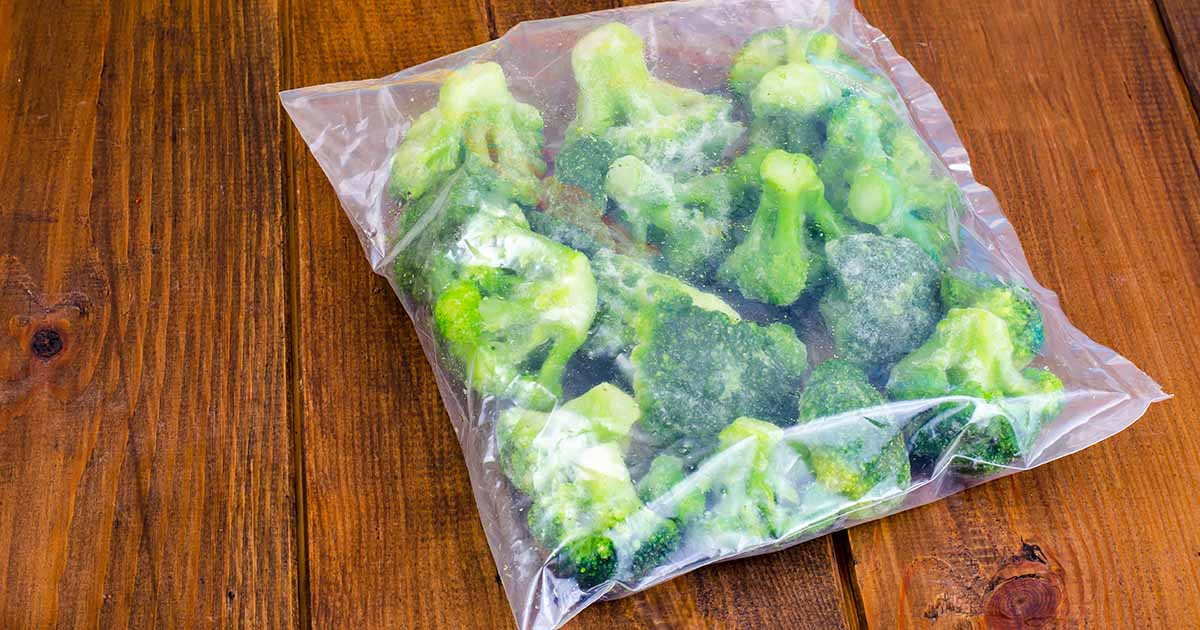
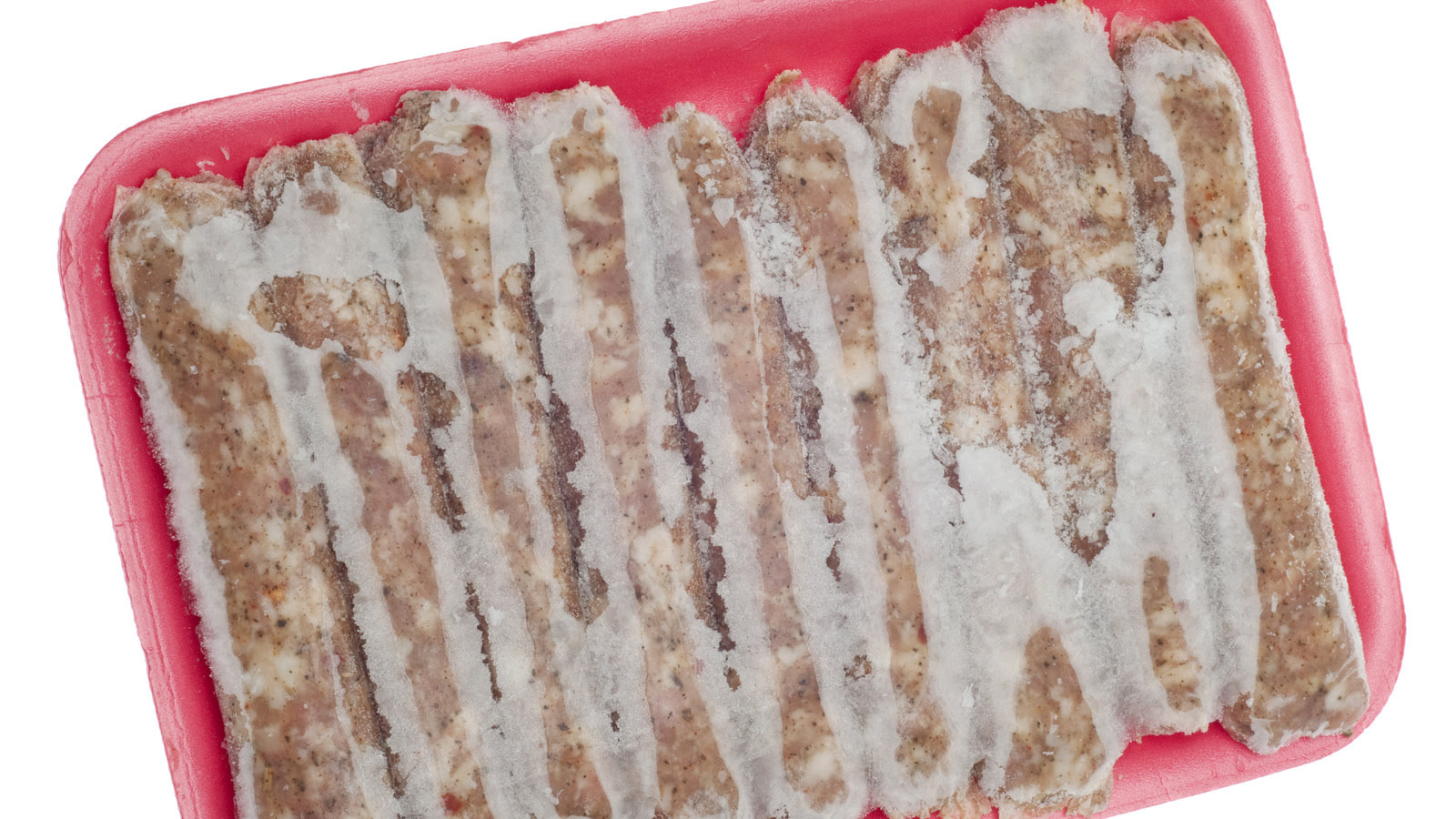
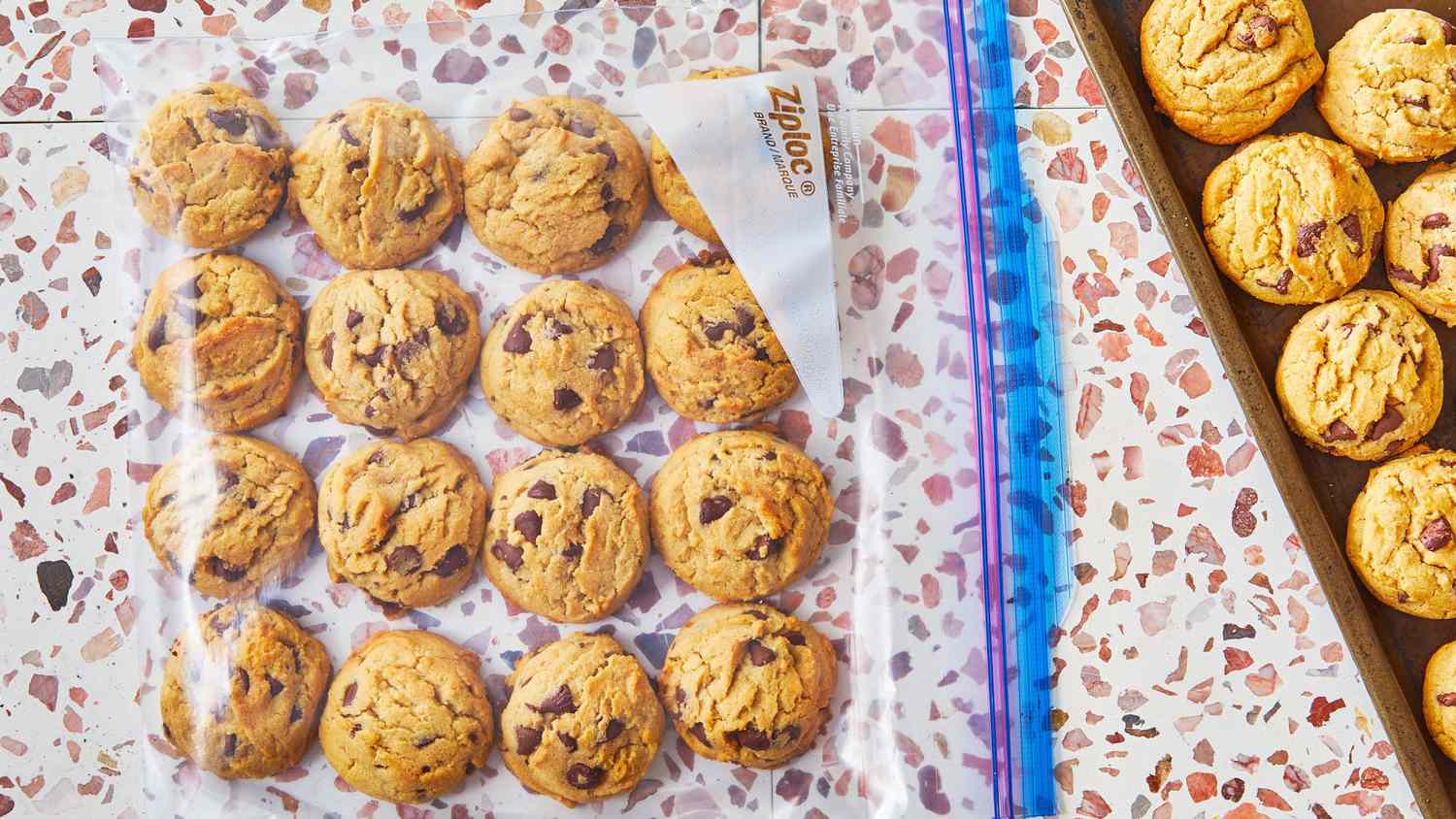
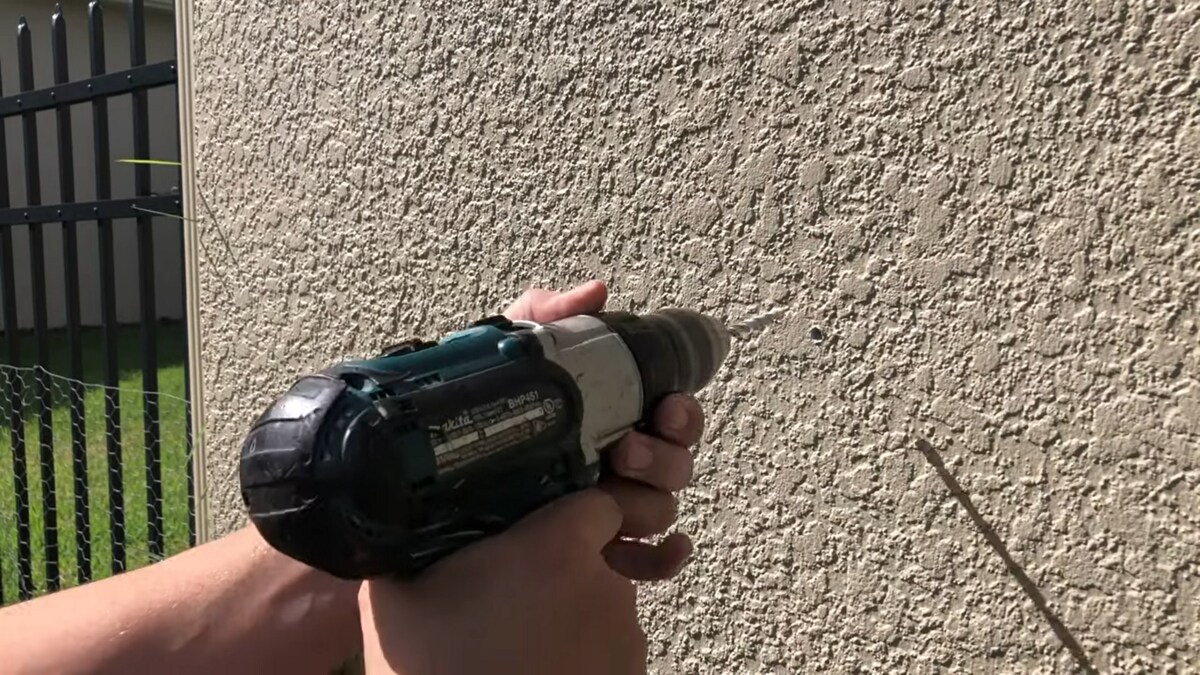
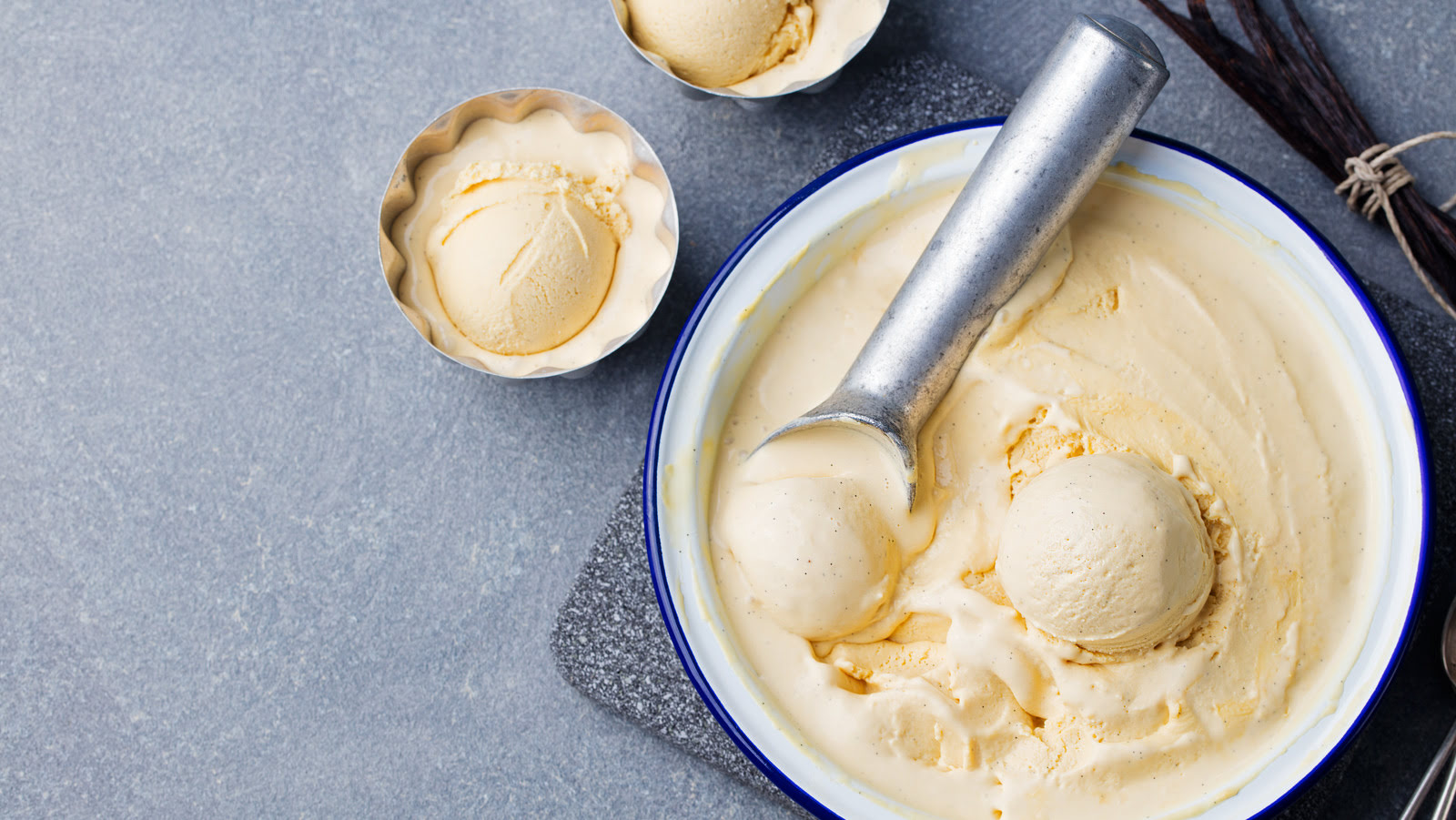

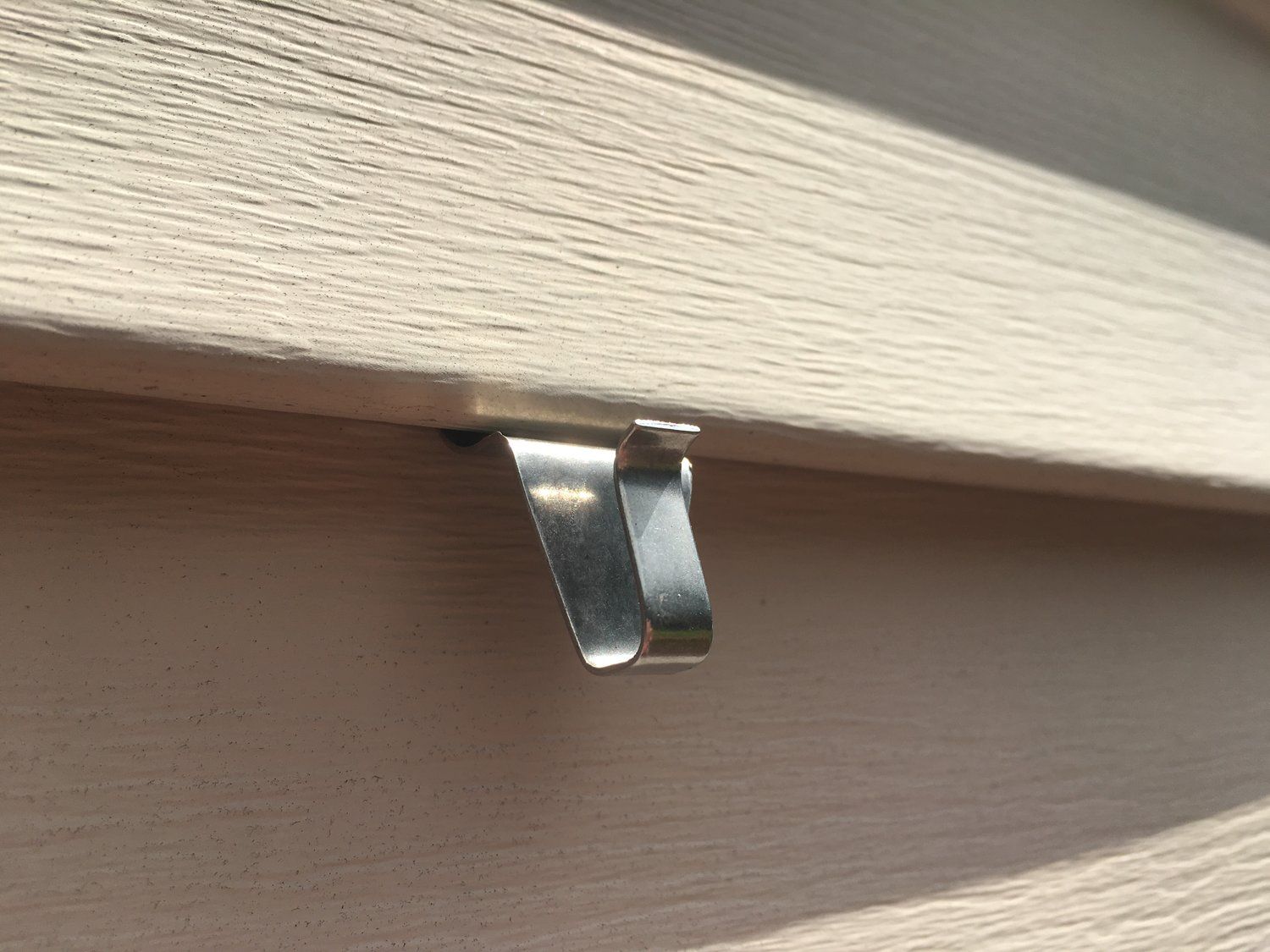
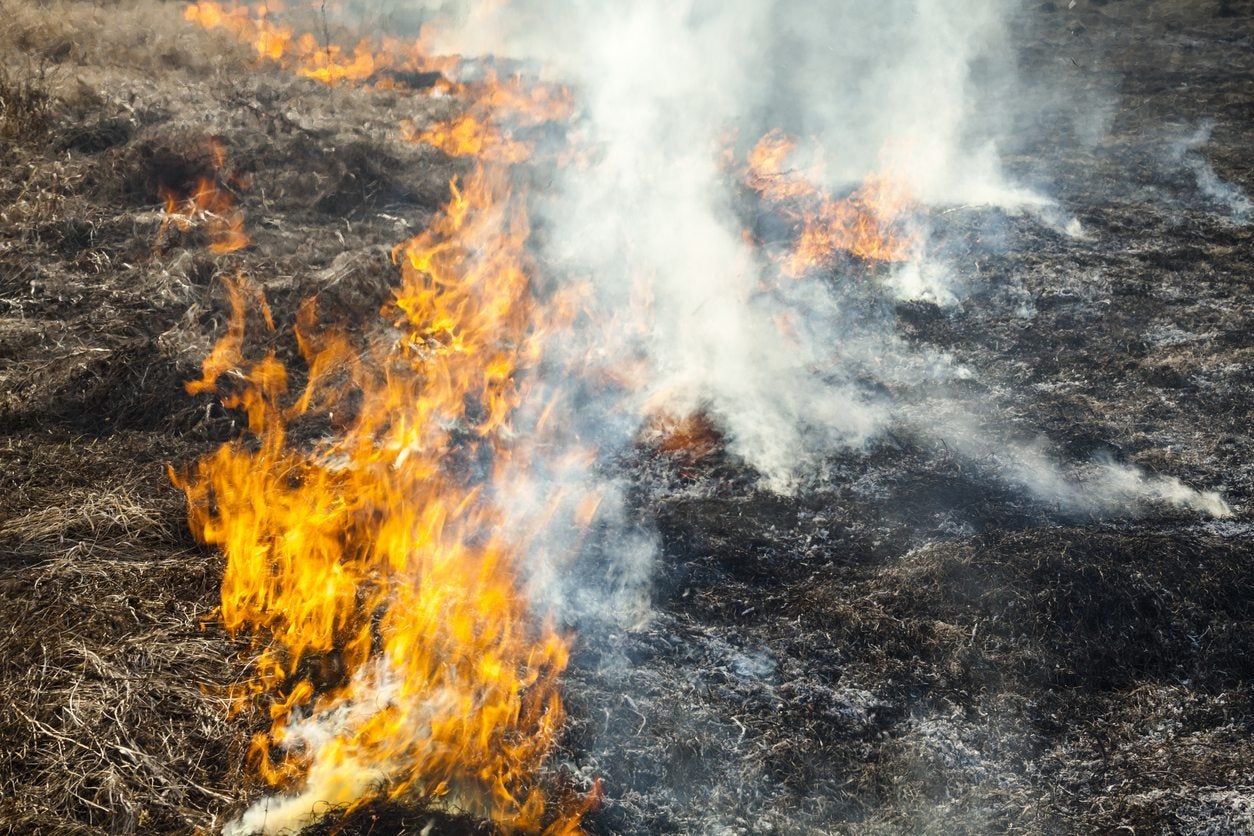
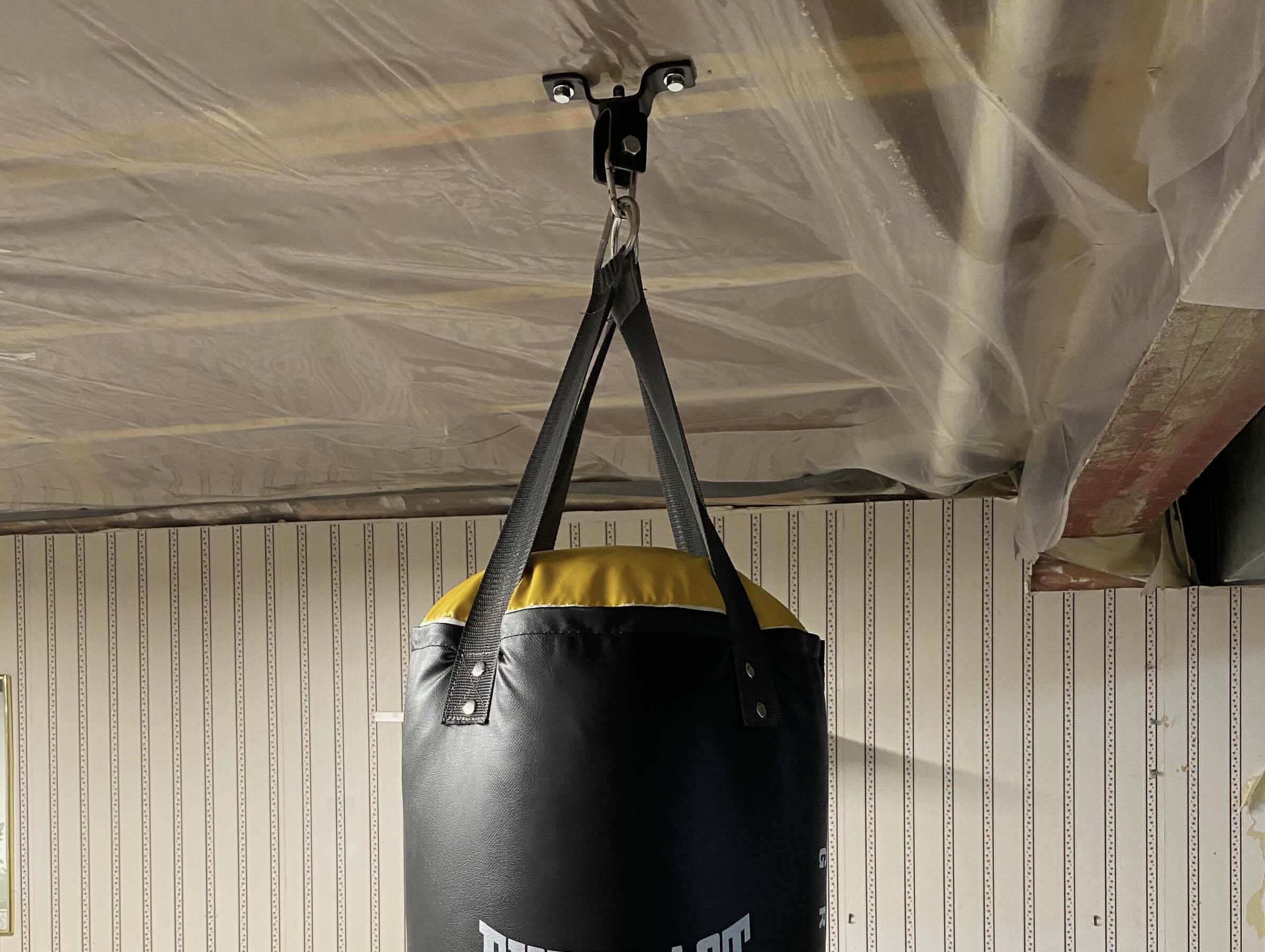

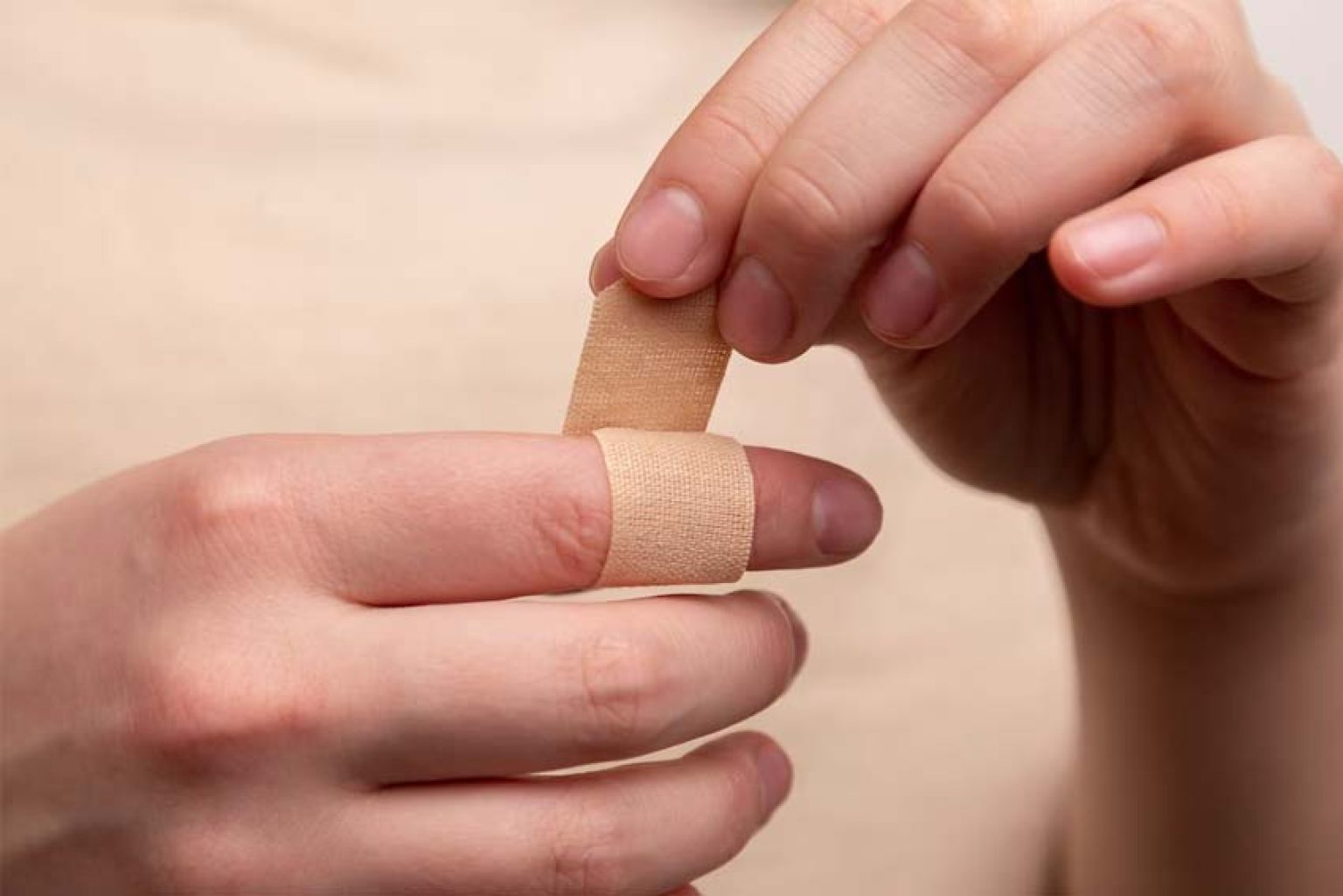
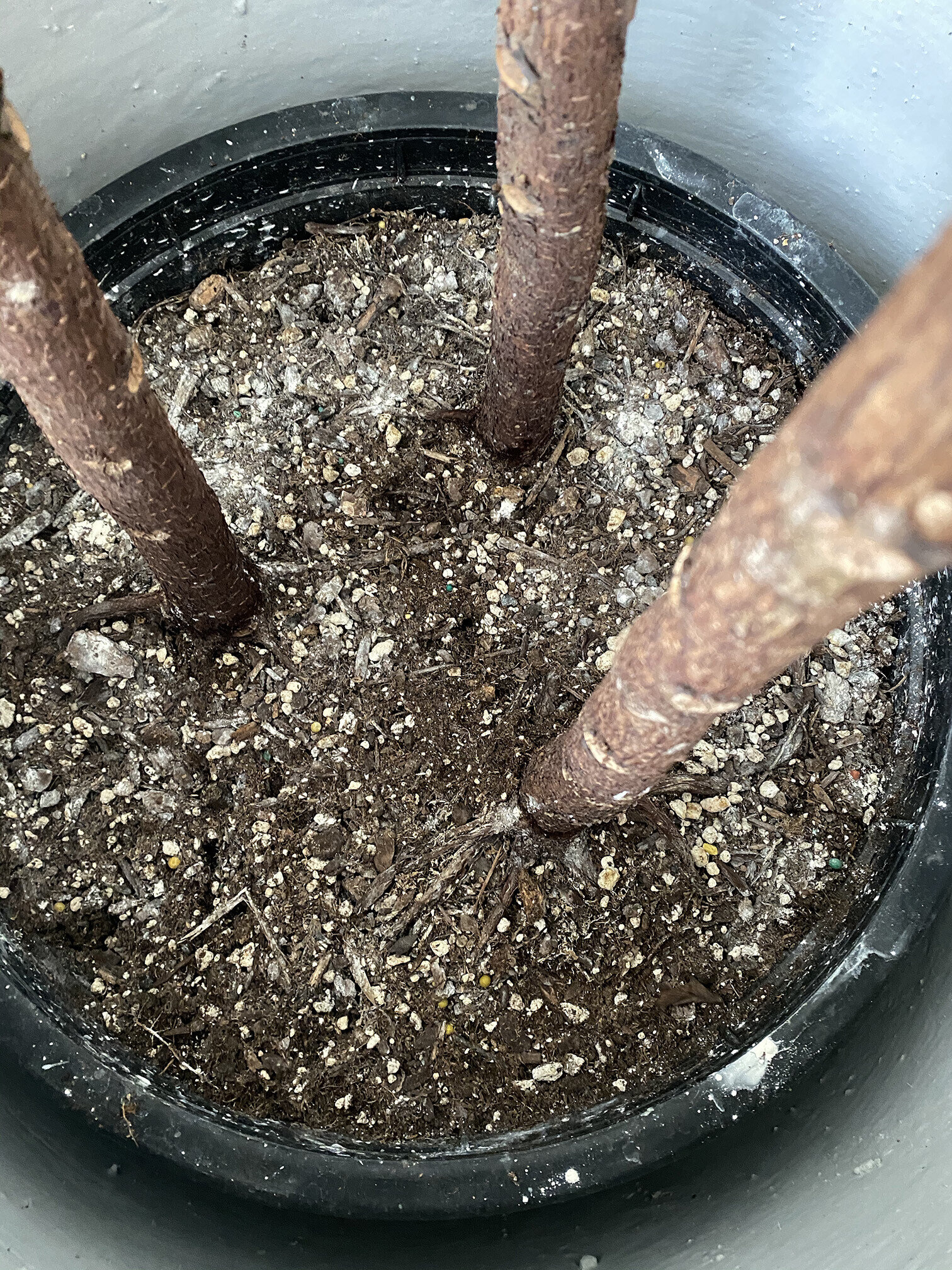


0 thoughts on “How To Tell If Something Is Freezer Burned”